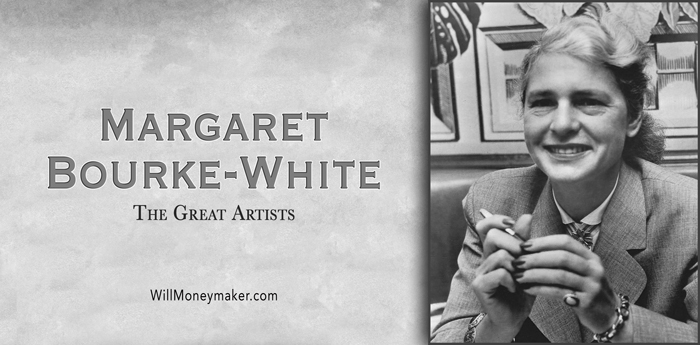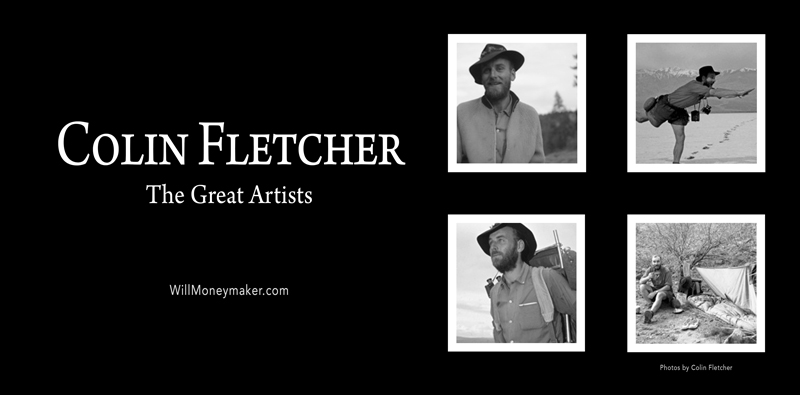Diane Arbus was an American photographer focused on people with physical abnormalities. When she was taking her photographs, many of these people found work in circuses as “freaks,” as the circus was often the only place to hire them. Diane’s work brought the real lives of these marginalized people to light and let the world know that they were also human, as much as anyone else. Her photographs were so loving and respectful; they made people others would generally consider hideous look beautiful. Here is Diane’s story.
Born March 14, 1923, in New York City, Diane came from a family of wealth and privilege. Her parents were David Nemerov and Gertrude Russek, who owned the famous Russek’s Department Store in New York City, located on the prestigious Fifth Avenue. Her family’s wealth meant she did not feel the effects of the Great Depression when she was growing up in the 1930s, and she and her brother and sister went on to have prosperous careers that brought them each a degree of fame.
While her father took up painting after retiring in comfortable wealth from Russek’s, her younger sister became a sculptor and designer. Diane’s brother became an English professor at Washington University in St. Louis and later became the Poet Laureate for the United States. With a family background in artistic work, it seemed only natural that Diane, the middle child, would follow a similar career path, and she did, taking up photography, which was just beginning to be looked upon as a legitimate form of art.
Diane attended the Fieldston School of Ethical Culture, a New York City prep school of some prestige. Despite this exemplary education, she did not go to college. Instead, she married her high school sweetheart when she was only 18 years old. That sweetheart, Allan Arbus, became a big influence on the beginning of her photography career and actually gave Diane her first camera on their honeymoon in 1941.

Allan and Diane started a photography studio together and worked hard in it on commercial projects, working for clients nearly every day. While doing this, Diane also gave birth to two daughters, Doon and Amy. Doon later became a writer, and Amy, born nine years after Doon, followed in her parent’s footsteps and became a photographer.
Diane and Allan took photographs for advertisements for her parents’ store at the beginning, and then Allan was a photographer for the Army during WWII. After the war, they opened their own commercial photography studio in 1946 called “Diane and Allan Arbus.” They did quite a bit of fashion photography, working for well-known magazines like Vogue, Seventeen, Harper’s Bazaar, and Glamour. Despite the hundreds of photos they took for clients, Allan and Diane hated the fashion world. During a 1956 photoshoot for Vogue, Diane declared she could and would not do it anymore and walked out of the shoot.
Instead, she took her camera and began following people around New York City, waiting until she found someone whose appearance spoke to her artistic side. She then photographed them in candid shots as these unknowing subjects moved around the city. Sometimes, she waited in doorways for the best photographic subjects to walk by instead of following people. She found ample material with both methods.
She took a class with Lisette Model at the New School, which led to more desirable commercial projects for her, such as for the Sunday Times Magazine and Esquire.
Diane tried to be a traditional homemaker while working with Allan as a photographer, coming home after long days at the studio to make dinner for the family. This non-stop working lifestyle, going full-time both at the studio and at home, eventually took its toll on the marriage, and the happy couple separated in 1959 when Amy was only four years old. They officially divorced a decade later. However, Allan and Diane remained close because of their bond from being together since they were teenagers and their relationship with their daughters. Allan continued to develop Diane’s film for her, and he also came over to Diane’s residence every Sunday morning to have breakfast with her and their daughters.
Around 1961, when she was separated from Allan, Diane began a relationship with Marvin Israel, a painter and art director. Their relationship would last the rest of Diane’s life. Marvin was married and made it clear from the beginning to Diane that he would not leave his wife. However, their relationship was a serious one, and he also acted as a teacher and mentor for her in her photography, pushing her hard to be her best as a photographer.
In 1963, Diane received a Guggenheim Fellowship for a project she was working on dealing with American manners and customs. The fellowship was renewed three years later. She also began teaching photography at a few different area schools and one in Rhode Island.
Diane’s commercial assignments decreased as her fame as a photographer increased. She became known for developing close, personal relationships with her subjects and photographing them in an intimate matter that involved much trust. She photographed some subjects over a period of years to present a full picture of their lives. Diane also photographed quite a few celebrities.
Her signature style was a pioneering one that used flash in daylight, which isolated the subjects from their backgrounds in a surreal way.
Diane, despite her success, had suffered from depressive episodes for most of her life and admitted her mood went up and down frequently. Allan said she had violent mood swings. In 1971, she decided it was too much for her, and she took an overdose of sleeping pills, put her appointment book on the stairs leading up to her room at the Westbeth Artists’ Community in NYC, got in her bathtub, and then slashed her wrists with a razor. Her boyfriend, Marvin Israel, found her body there two days later. She was 48 years old.
As Diane did not have a will, her daughter Doon inherited responsibility for her mother’s work. Doon arranged for retrospective exhibits of her mother’s work at some prestigious places the following year, including the Metropolitan Museum of Art.






